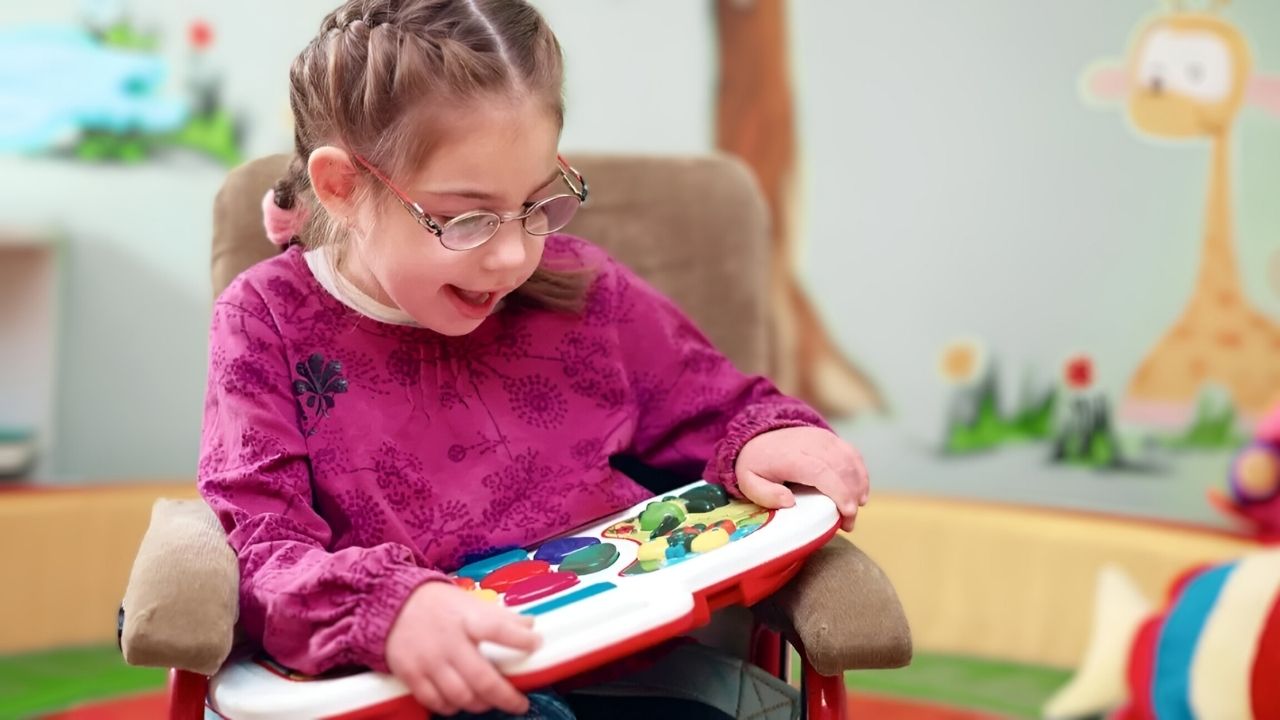
Christensen–Krabbe Disease is a rare genetic disorder that affects the nervous system. This condition, also known as globoid cell leukodystrophy, primarily impacts infants and young children. Caused by mutations in the GALC gene, it leads to the destruction of the myelin sheath, which insulates nerve cells. Symptoms often include muscle stiffness, developmental delays, and feeding difficulties. Early diagnosis is crucial for managing the disease, though treatment options remain limited. Understanding the genetic basis and progression of Christensen–Krabbe Disease can help families and medical professionals provide better care and support. Let's delve into 25 essential facts about this challenging condition.
Key Takeaways:
- Christensen–Krabbe Disease is a rare genetic disorder affecting the nervous system, causing symptoms like muscle weakness, vision and hearing loss, and breathing difficulties.
- Early diagnosis and supportive care are crucial for managing Krabbe disease, while ongoing research offers hope for better treatments and a potential cure.
What is Christensen–Krabbe Disease?
Christensen–Krabbe Disease, also known as Krabbe disease, is a rare genetic disorder affecting the nervous system. It primarily impacts infants but can also present in older children and adults. Here are some intriguing facts about this condition.
-
Genetic Origin: Krabbe disease is caused by mutations in the GALC gene, which leads to a deficiency in the enzyme galactocerebrosidase.
-
Enzyme Deficiency: The lack of galactocerebrosidase results in the accumulation of psychosine, a toxic substance that damages the myelin sheath of nerve cells.
-
Inheritance Pattern: This disease follows an autosomal recessive inheritance pattern, meaning both parents must carry the defective gene for a child to be affected.
-
Incidence Rate: Krabbe disease occurs in approximately 1 in 100,000 live births worldwide.
-
Early Symptoms: Infants with Krabbe disease often show symptoms like irritability, feeding difficulties, and developmental delays within the first six months of life.
How Does Christensen–Krabbe Disease Affect the Body?
Understanding how Krabbe disease impacts the body can help in recognizing its symptoms and progression. Here are some key effects on the body.
-
Nervous System Damage: The disease primarily affects the central and peripheral nervous systems, leading to severe neurological impairment.
-
Muscle Weakness: Progressive muscle weakness and stiffness are common, often resulting in spasticity and loss of motor skills.
-
Vision and Hearing Loss: Many patients experience a decline in vision and hearing due to nerve damage.
-
Seizures: Seizures are a frequent complication, particularly in the later stages of the disease.
-
Respiratory Issues: Breathing difficulties can arise as the disease progresses, sometimes requiring mechanical ventilation.
Diagnosis and Detection of Christensen–Krabbe Disease
Early diagnosis is crucial for managing Krabbe disease. Here are some methods used to detect this condition.
-
Newborn Screening: Some regions include Krabbe disease in their newborn screening programs, allowing for early detection.
-
Genetic Testing: Genetic tests can identify mutations in the GALC gene, confirming the diagnosis.
-
MRI Scans: Magnetic resonance imaging (MRI) can reveal characteristic changes in the brain's white matter.
-
Nerve Conduction Studies: These tests measure the speed of electrical impulses through nerves, often showing slowed conduction in affected individuals.
-
Blood Tests: Blood tests can measure the activity of the galactocerebrosidase enzyme, which is typically low in patients with Krabbe disease.
Treatment Options for Christensen–Krabbe Disease
While there is no cure for Krabbe disease, several treatments can help manage symptoms and improve quality of life. Here are some treatment approaches.
-
Stem Cell Transplant: Hematopoietic stem cell transplantation (HSCT) can slow disease progression if performed early.
-
Physical Therapy: Regular physical therapy helps maintain muscle strength and flexibility.
-
Occupational Therapy: Occupational therapy assists patients in performing daily activities more independently.
-
Medications: Medications can manage symptoms like seizures, muscle spasticity, and pain.
-
Supportive Care: Supportive care, including nutritional support and respiratory assistance, is essential for maintaining overall health.
Research and Future Directions in Christensen–Krabbe Disease
Ongoing research aims to find better treatments and ultimately a cure for Krabbe disease. Here are some promising areas of study.
-
Gene Therapy: Researchers are exploring gene therapy to correct the defective GALC gene.
-
Enzyme Replacement Therapy: Enzyme replacement therapy aims to provide the missing galactocerebrosidase enzyme to patients.
-
Small Molecule Drugs: Scientists are investigating small molecule drugs that can reduce psychosine levels or enhance residual enzyme activity.
-
Animal Models: Animal models of Krabbe disease help researchers understand the disease mechanism and test new treatments.
-
Clinical Trials: Numerous clinical trials are underway to evaluate the safety and effectiveness of new therapies for Krabbe disease.
Final Thoughts on Christensen–Krabbe Disease
Christensen–Krabbe Disease, a rare genetic disorder, affects the nervous system, leading to severe developmental issues. Understanding its symptoms, causes, and treatments can help families and medical professionals manage this challenging condition better. Early diagnosis is crucial for improving quality of life, even though there's no cure yet. Research continues to explore potential therapies, offering hope for future advancements. Awareness and education about this disease can foster support networks and drive funding for research. If you or someone you know is affected, connecting with support groups and medical experts can provide valuable resources and emotional support. Remember, knowledge is power when dealing with rare diseases like Christensen–Krabbe. Stay informed, seek help, and advocate for more research to bring us closer to effective treatments.
Frequently Asked Questions
Was this page helpful?
Our commitment to delivering trustworthy and engaging content is at the heart of what we do. Each fact on our site is contributed by real users like you, bringing a wealth of diverse insights and information. To ensure the highest standards of accuracy and reliability, our dedicated editors meticulously review each submission. This process guarantees that the facts we share are not only fascinating but also credible. Trust in our commitment to quality and authenticity as you explore and learn with us.
